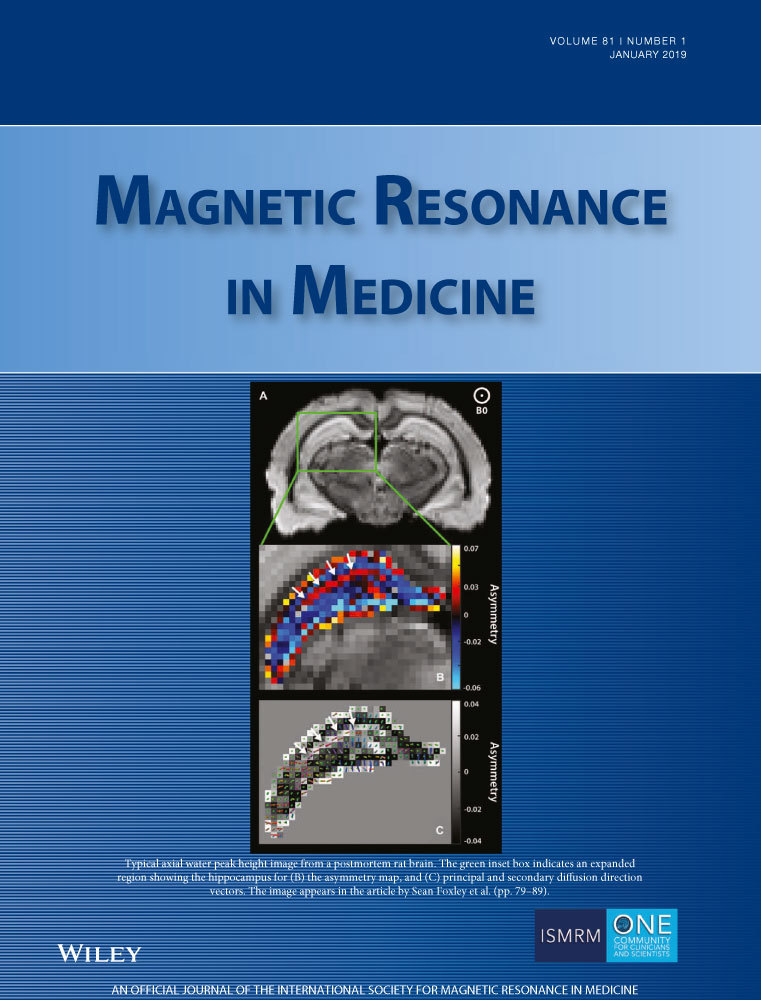Sources of hepatic glycogen synthesis in mice fed with glucose or fructose as the sole dietary carbohydrate
Funding information: Portuguese Foundation for Science and Technology (PTDC/SAU∼MET/11138/2009 and EXCL/DTP/0069/2012). Structural funding for the Center for Neurosciences and Cell Biology and the UC-NMR facility is supported in part by the European Regional Development Fund through the COMPETE Program and the Portuguese Foundation for Science and Technology through grants POCI-01-0145-FEDER-007440, REEQ/481/QUI/2006, RECI/QEQ-QFI/0168/2012 and CENTRO-07-CT62-FEDER-002012, and Rede Nacional de Ressonancia Magnética Nuclear. G.D.W. is supported by the European Union's Horizon 2020 Research and Innovation program under the Marie Skłodowska-Curie grant No. 722619 (Project FOIE GRAS)
Abstract
Purpose
The positional analysis of hepatic glycogen enrichment from deuterated water (2H2O) by 2H NMR has been applied previously to resolve the contributions of glucose and fructose to glycogen synthesis in rodents fed a high sucrose diet. To further validate this method, this analysis was applied to mice fed with synthetic diets whose carbohydrate components consisted solely of either glucose or fructose.
Methods
Eight glucose-fed and 12 fructose-fed mice were given 2H2O followed by ad libitum feeding overnight. Mice were then euthanized, hepatic glycogen was isolated and derivatized to monoacetone glucose, and 2H-enrichment of positions 2, 5, and 6S were measured by 2H NMR. From these data, the fraction of overnight glycogen appearance from the direct pathway and/or glycogen cycling and indirect pathway were estimated. Indirect pathway fractions were resolved into Krebs cycle and triose-phosphate sources—the latter including contributions from fructose metabolism.
Results
After overnight feeding, the fraction of overnight glycogen appearance derived from direct pathway and/or glycogen cycling in glucose-fed-mice was 63 ± 1%. For the indirect pathway, Krebs cycle and triose-phosphate sources contributed 22 ± 1% and 15 ± 1%, respectively. For fructose-fed-mice, glycogen appearance was dominated by triose-phosphate sources (60 ± 2%) with lesser contributions from Krebs cycle (14 ± 1%) and direct and/or glycogen cycling (26 ± 2%).
Conclusions
2H NMR analysis of hepatic glycogen 2H enrichment from 2H2O provides realistic profiles of dietary glucose and fructose contributions to hepatic glycogen synthesis in mice fed with diets containing 1 or the other sugar as the sole carbohydrate source.




